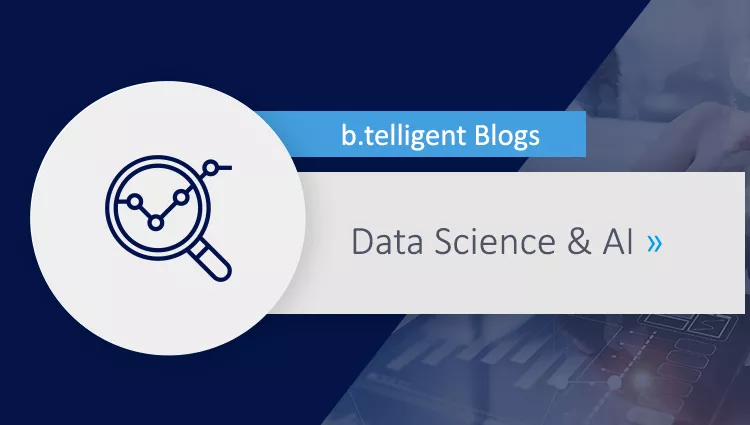Many users of Google's IoT Core are currently looking for a successor to this service which will expire in August 2023. This blog post shows how Stackable's data platform can be used to create a highly scalable open-source alternative to Google's IoT Core.
Why opt for Stackable?
In part 1 and part 2 of our blog series, we reported on the upcoming end-of-life of Google's IoT core and on possible alternatives. The following areas are mainly affected:
- Device connectivity
- Device management
- IoT data ingestion
A use of open-source components can furthermore avoid renewed vendor lock-in at a later stage. This blog post discusses the possibility of replacing Google's IoT Core with the open-source data platform of our partner Stackable with regard to points mentioned above. This platform combines the advantages of open-source solutions, such as digital sovereignty, with easy deployment and simple management of apps. Open access to code enables a high level of transparency in terms of the employed technologies and how they work. In addition, it is possible to maintain and operate the software independently, even if the provider announces an end-of-life. Thanks to its modularity, the data platform can furthermore be adapted very flexibly to use cases, and offers very high scalability due to the employed components and Kubernetes architecture. Stackable can basically be deployed on-premise and in the cloud - all you need is a Kubernetes cluster and the command line tool stackablectl. Subsequently, the entire data platform can be set up with the components desired for the use case. Other existent services can also be replaced to avoid the vendor lock-in mentioned above.
How can Google's IoT Core be replaced with Stackable's open source solution and embedded in the existent GCP architecture?

Figure 1 exemplifies use of Stackable's data platform as a replacement for Google's IoT Core. Stackable's data platform is deployed on an edge device. A prerequisite for this is a suitably powerful edge device. The Apache NiFi used here also exists in a resource-saving version designated MiNiFi for edge devices. Alternatively, deployment is possible in Google's cloud platform (see Figure 2) . In this case, the edge device is optional.
Data received via the Mosquitto MQTT broker can be cleaned using Apache NiFi, a downstream rule engine, and then forwarded to the PubSub service on Google's cloud platform. For this purpose, a corresponding flow can be individually implemented via the NiFi UI in the browser using processors and connections. It can be connected to the Pub/Sub service in the existent GCP architecture using the PublishGCPubSub processor. This enables communication between the existent IoT and GCP infrastructures.

Device management is implemented individually according to the customer's requirements before commencement of communication with customer-specific IoT devices and edge devices in order to perform the intended management tasks. In addition, it is possible to replace other existent data management and/or analysis services with solutions from Stackable's platform in order to utilize the open-source approach's full potential. Applications in this case can still be deployed in Google's cloud (see Figure 2) to reduce migration expenditure and minimize maintenance required for infrastructure.
Making use of Stackable's advantages
As shown in this article, Google's IoT Core (as well as other downstream services, if required) can be replaced with open-source solutions via Stackable's data platform. The advantages of this option are clear: Free availability of software, independence instead of vendor lock-in, high scalability for the respective components, and much more. In addition, due to their open source, the software solutions supported by Stackable are widely used and have already proven themselves for operation in productive scenarios.
Are you also interested in building a highly scalable open-source (IoT) data platform based on Stackable? Or would you prefer to use a solution based on Azure or AWS services? Contact us and we will support you in design and implementation with our expertise and b.telligent's partner network!









